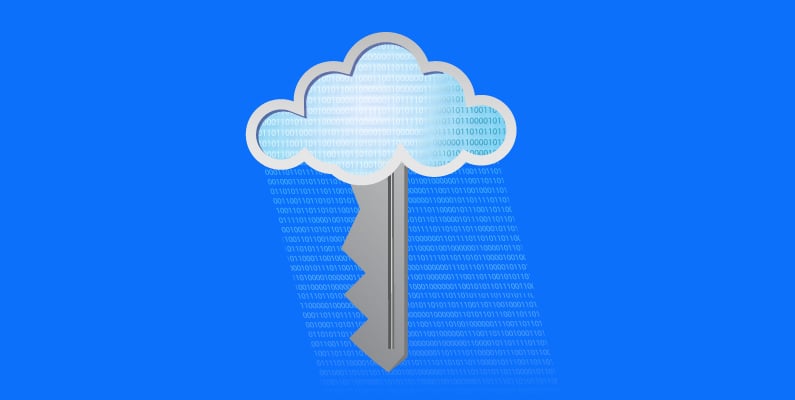Farmers are increasingly active on social media, are you missing out?
More and more farmers are ...

It’s no secret that social media has been a player in our hyperactive news cycle of the past few years. A 2018 Pew Research Center Report[i] revealed about 70 percent of the population actively uses social media. Amidst the 2016 elections in the U.S. and the UK Brexit, a consulting company known as Cambridge Analytica did some harvesting of their own, in the form of personal data from over 87 million Facebook users to produce political ads and sway their voting.[ii] And since farmers choose Facebook as their primary online social platform over other social mediums, this gives us reason to pause.
If Facebook is the means that farmers connect online, then we need to find a way to market on it that is safe and secure, without compromising farmers’ personal information.
For a moment, Facebook came to a screeching halt. Facebook CEO Mark Zuckerberg made a slow apology. A small percentage of people deleted their Facebook accounts. And then everything seemed to go back to normal.
Because if we’re being honest, from loyalty cards to coupons and grocery store scanning, targeted marketing has been part of the institution for decades. To be clear, not in the same deceitful manner and certainly not to sway political opinions. But for as long as purchases or opinions can be correlated to a consumer’s shopping habits, tracking and targeting have been part of the marketing process.[iii] Whether it’s seeds or combine parts, in the brick and mortar marketplace or online, as long as it keeps the consumer returning through retailer engagement and other parts of the customer journey, then the marketing process is working.
But was this online marketing or was it a data breach? Call it a little of both. Cambridge Analytica accessed Facebook’s database from users who took a questionnaire on Qualtrics, giving Qualtrics access to their Facebook account.[iv] And through the questions on Qualtrics, Cambridge Analytica’s data analysis determined why someone may or may not choose a particular candidate and targeted the ads. That’s the marketing. The breach was crossing the line and harvesting data from 87 million users who took a questionnaire.
On one hand, a solid 87 percent of consumers give up their personal information for a better customer experience. That experience might be a sponsored session with an agronomist, a planter demonstration, or something more significant, such as an opportunity to win a piece of machinery. From the marketer’s perspective, it’s the chance to get in front of the consumer and potentially leads to a purchase. The caution is when it’s deceitful. If the consumers’ information is sold to a third-party without warning, this is exploitative. If the customer experience isn’t delivered, it’s fraudulent.
The key here is transparency for declared data. Declared data is first-person data, going straight to the consumer and clearly and safely exchanging that personal information. However, it’s not enough to put a disclaimer in miniscule print that the consumer ultimately doesn’t read. If we’re serious about protecting our brands, we should be just as serious about protecting the consumer who uses our brands. And that means ensuring digital and financial asset protection for both the brand and the consumer.
It also means that we need to be more innovative in how we approach our marketing and how we attract our customers. We have to provide experiences with value and follow up with securing the data that consumers are willing to give us.
As this article is published, Facebook is facing another data breach of more significant and serious consequences. Although the situation with Cambridge Analytica has all but disappeared from the public consciousness (the company folded in May 2018), the lessons learned are profound. It has raised our awareness of safety and security to enable successful social media marketing and how we can best protect consumers on all ends.
More and more farmers are ...
© 2024 Rhea + Kaiser. All rights reserved.